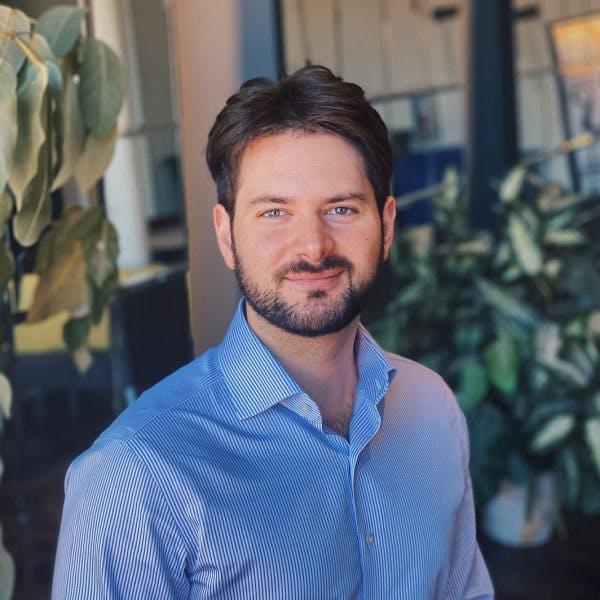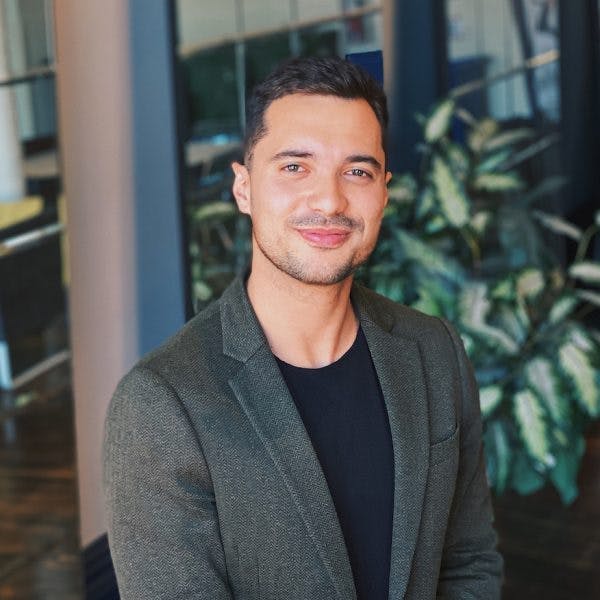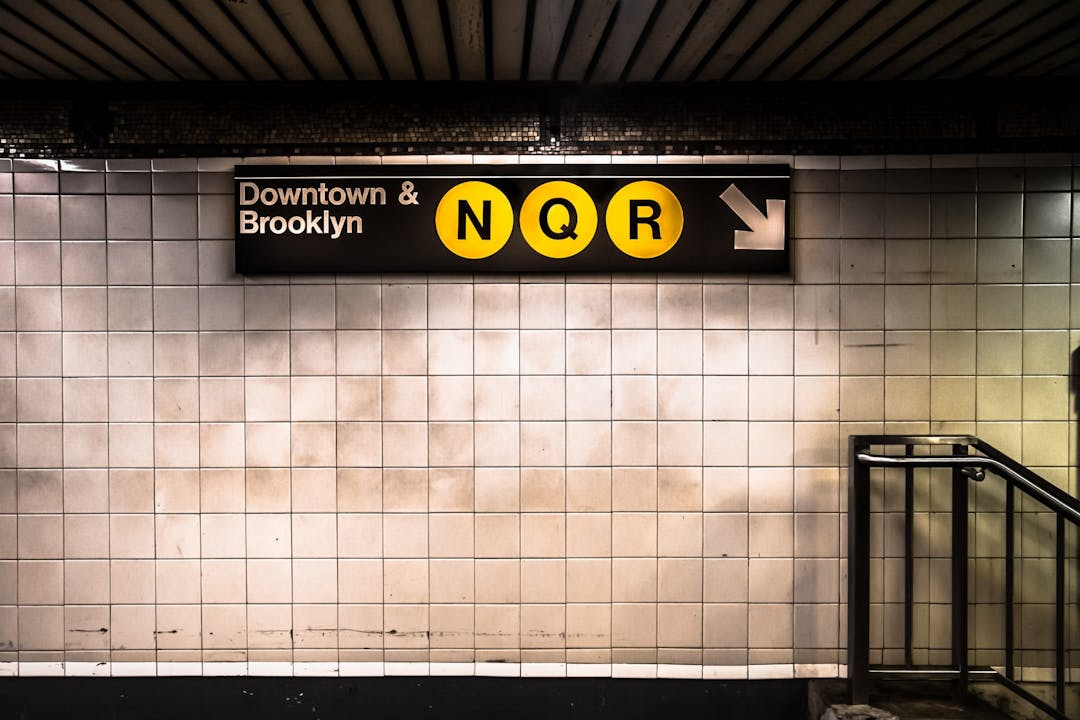TDL Brief: Post-COVID Innovation
With crises and change, our behavioral patterns evolve. Grabbing a mask as we walk out the door is now instinctual. Zoom meetings have become cemented into many of our daily routines. The COVID-era ushers in a unique set of needs posed by our major changes in lifestyle, and brings to light prominent cracks within existing systems. By taking a closer look at how our human tendencies intersect with the current behavioral trends, we can use behavioral science insights to point us in the direction of effective innovations.
1. Using change to bolster climate action
By: American Psychological Association, “Could COVID-19 change our environmental behaviors?” (July 2020)
Changing our habits and behaviors can be incredibly difficult. Yet, in cases of significant change, we are often forced out of our cemented ways, finding ourselves more likely to adopt new behaviors. We saw this in quarantine, as people learned to bake sourdough bread at a skyrocketing rate around the world. However, if we can work climate-conscious actions into our altered lifestyles, it could have a major impact.
Amidst COVID-19, the shift in collective behavior away from long-distance travel has had the unintended consequence of decreasing our carbon emissions by a projected 8%, but these strides are not expected to last. Environmental psychologists are hoping to find ways to seize our departure from routine to steer us towards more long-term sustainable behaviors.
There are definite parallels between the logic we use to rationalize staying isolated in COVID and reducing our carbon footprints. For example in both scenarios, we ourselves might not always be in imminent danger, but by acting consciously we are protecting those vulnerable and working towards a bigger picture decrease in harm. Scientists are working to find ways to use these parallels to get people to think and act green.
Often, scientists and activists are urged to use individual human stories to prove their point with the hope that evoking an emotional response will impact their audience’s actions. This may be true in many cases, but our ability to intake the science behind COVID has given environmentalists new ideas on how to communicate information on climate change. On a group level, we saw the unending statistics, absorbed terms like “flattening the curve” and the science behind “social distancing”, and ultimately changed our behaviors. Although we have a lot on our plate right now, it is important to think of ways we can use what we have learned about collective action and crisis communication to work towards a greener future.
How can we help?
TDL is a socially conscious consulting firm. Our mission is to translate insights from behavioral research into practical, scalable solutions—ones that create better outcomes for everyone.
2. Re-defining the workplace
By: ArchDaily, “A Brief History of Workplace Design and Where it Might be Headed Next” (May 2020)
The design of our built environments can directly influence our mood and behavior, as it dictates how we move through space and sets an aesthetic tone to our experiences.
Embedded within a blueprint are values, priorities, and norms.
Our return to the workplace will mark a new age of office environments. Disruption of the organizational status quo has allowed us to question existing practices and re-imagine what “going to work” can look like. During COVID, some organizations have relinquished their physical office spaces due to lack of use amidst distancing. However, over time many organizations will likely adopt a hybrid model of at-home work and in-person collaboration, or consider new approaches to office design.
Workplace designs of the near future have to accommodate anxieties surrounding high densities of people in one space. It is expected that conference areas and “work cafes” that facilitate collaboration at a distance will become a greater design priority. Some suggest integrating signage that indicates how many people should be in certain spaces through subtle cues, or floor patterns that show people what direction to walk in. However, even past COVID-related design constraints, we have the opportunity to reflect on the purpose of office space, and how it can evolve to help us thrive.
3. Providing health care at a distance
By: HealthTech magazine, “How COVID-19 Is Advancing Healthcare Innovation and Interoperability” (September 2020)
The impact of COVID-19 on our healthcare system is expected to reverberate far past the disease’s spread. Our existing systems have been put to the test within the crisis response, as healthcare workers find themselves working overtime amidst major infrastructural shortages, and patients struggle to receive care. This shock to the system has resulted in a re-thinking of how healthcare is provided and organized.
With the current limitations on interpersonal contact and hospital entry, remote alternatives to in-person care have allowed individuals to receive medical attention from the comfort of their homes. Telehealth platforms (electronic communications and telecommunications enabling medical care) spurred by the COVID response have demonstrated benefits that withstand the pandemic. Looking towards the future, telehealth offers solutions to issues of healthcare access in remote areas. Proponents of telehealth also suggest virtual screening appointments and flexibility in digital appointments on a per case basis. Public health experts also state that enriching the digital realm of health care pushes the field towards establishing unified standards of digital information storage could enable collaboration and improve emergency response.
Preceding the pandemic, behavioral health has been increasingly intertwined with digital engagement. We use mobile apps to track our habits in hopes of making changes and reaching goals, through self-monitoring (i.e. productivity logs) or background tracking (i.e. smartphone generated step counter). Behavior health specialists have begun to acknowledge the potential for integration of mHealth (mobile health) platforms in behavioral interventions, and are looking to telehealth as another potential tool to create treatment options to best-fit patients.
4. Reimagining the possibilities of public spaces
By: The New York Times, “Building Public Places for a Covid World” (September 2020)
Public spaces have already visibly changed since the beginning of COVID. Sidewalk spaces have become used for outdoor dining, and streets once busy with cars have been turned into pedestrian walkways. Some cities enforced social distancing in parks through circles spraypainted on the grass, safely distanced apart, for groups to occupy. Pleasant outdoor spaces have become more important than ever, to give people places to unwind and to create convivial spaces that can be occupied safely. Thus, designers and urban planners are looking for innovative ways to expand the possibilities of public spaces.
In the recent re-design of a Brooklyn charter school, urban designers have shown the ways in which public spaces can aid in school re-openings. WXY, a New York-based urban design firm, was forced to get creative in their task of creating a way of getting students into the school in a distanced, methodical manner. They created a “provisional outdoor classroom” with pictures on the sidewalk to show the kids where to stand. They built a tree-like structure with a translucent ceiling, so the area was protected and covered while maintaining airflow. Their design enables teachers to greet and instruct the students outside in an orderly fashion, while they file inwards.
As we develop unconventional uses of public space as solutions to our public health crises, we challenge the previous norms and further erode the barrier between indoor and outdoor environments.
References
- A Brief History of Workplace Design and Where it Might be Headed Next. (2020, May 29). ArchDaily. https://www.archdaily.com/940538/a-brief-history-of-workplace-design-and-where-it-might-be-headed-next
- Could COVID-19 change our environmental behaviors? (n.d.). Https://Www.Apa.Org. Retrieved December 23, 2020, from https://www.apa.org/monitor/2020/07/environmental-behaviors
- Hayden Bosworth. (2020). Telehealth & Behavioral Science during COVID-19 (Caitlynn Sullivan & Allison Lewinski, Interviewers) [Outlook – Society of Behavioral Medecine]. https://www.sbm.org/publications/outlook/issues/summer-2020/telehealth–behavioral-science-during-covid-19-an-interview-with-dr-hayden-bosworth/full-article?utm_source=SBM+Outlook&utm_medium=html+email&utm_term=Summer+2020&utm_campaign=SBM+Outlook+Summer+2020
- Russell, J. S. (2020, September 11). Building Public Places for a Covid World. The New York Times. https://www.nytimes.com/2020/09/11/arts/design/architecture-urban-planning-coronavirus.html
About the Authors
Dan Pilat
Dan is a Co-Founder and Managing Director at The Decision Lab. He is a bestselling author of Intention - a book he wrote with Wiley on the mindful application of behavioral science in organizations. Dan has a background in organizational decision making, with a BComm in Decision & Information Systems from McGill University. He has worked on enterprise-level behavioral architecture at TD Securities and BMO Capital Markets, where he advised management on the implementation of systems processing billions of dollars per week. Driven by an appetite for the latest in technology, Dan created a course on business intelligence and lectured at McGill University, and has applied behavioral science to topics such as augmented and virtual reality.
Dr. Sekoul Krastev
Sekoul is a Co-Founder and Managing Director at The Decision Lab. He is a bestselling author of Intention - a book he wrote with Wiley on the mindful application of behavioral science in organizations. A decision scientist with a PhD in Decision Neuroscience from McGill University, Sekoul's work has been featured in peer-reviewed journals and has been presented at conferences around the world. Sekoul previously advised management on innovation and engagement strategy at The Boston Consulting Group as well as on online media strategy at Google. He has a deep interest in the applications of behavioral science to new technology and has published on these topics in places such as the Huffington Post and Strategy & Business.






